Top 5 Common Patient Communication Myths Debunked
Several myths exist in regard to patient communication, such as seniors don’t text, staff require extensive, highly technical training to text message patients and more. These myths can hinder the adoption of effective patient communication strategies and lead to breakdowns in patient care.
Meg Aranow, SVP and Platform Evangelist at Artera, debunks these common patient communication myths and brings forward the facts at the intersection of tech and healthcare to help providers deploy effective strategies to improve their patient communications. Read on for more….
Myth 1: Seniors Don't Text
A common misconception is that senior patients are not tech-savvy and therefore do not use conversational text messaging or other forms of digital communication. This myth has been debunked by data showing that a significant portion of the senior population is comfortable with conversational texting and engaging in a digital patient experience. In fact, senior patients have the highest response rates of any age group when responding to texts.
According to our customer Monterey Spine & Joint:
“40% of our patients are Medicare based…What we found is that a lot of them already used texting with their kids or grandchildren so we’ve been pretty impressed with the amount of Medicare patients who actually want to text!”

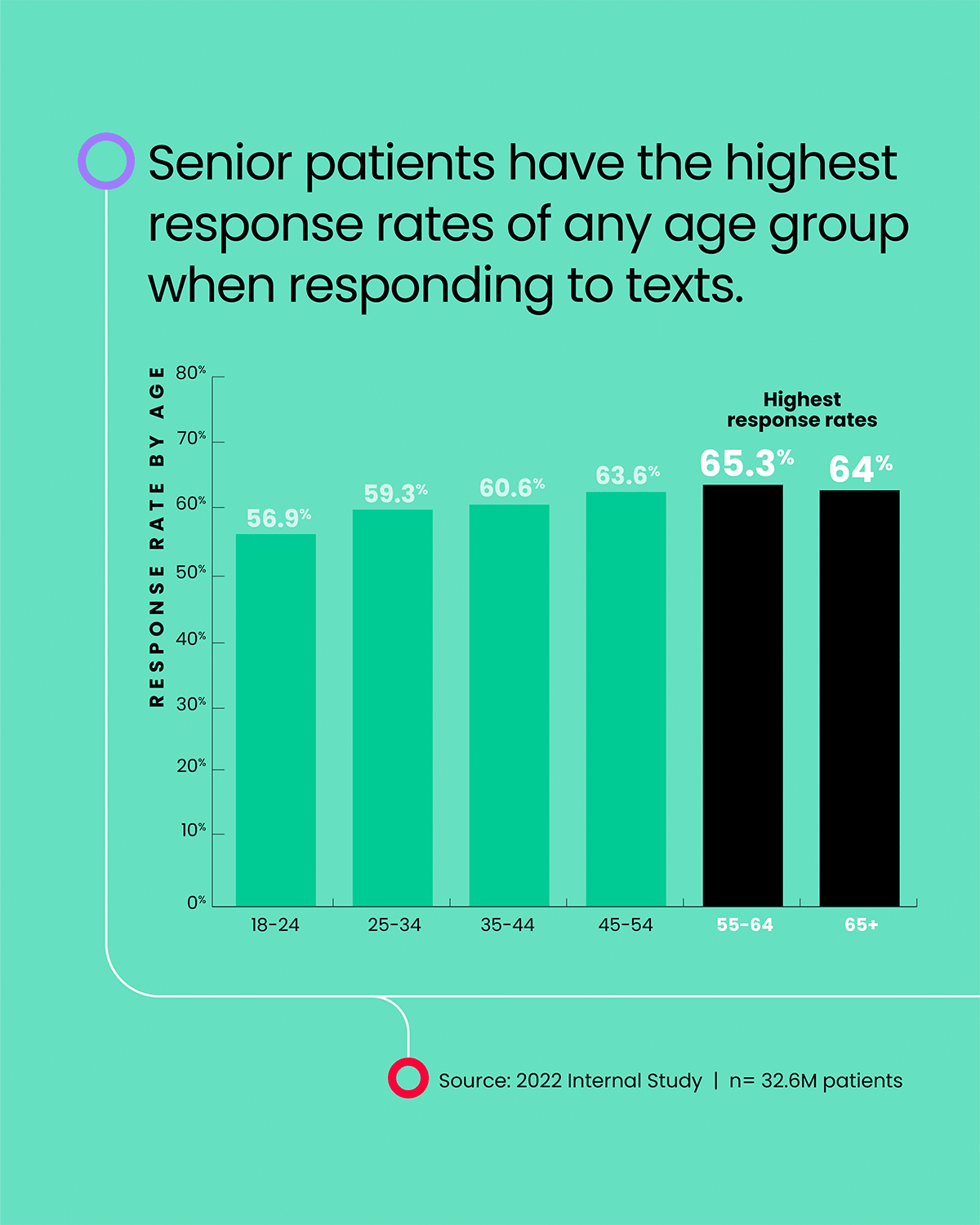
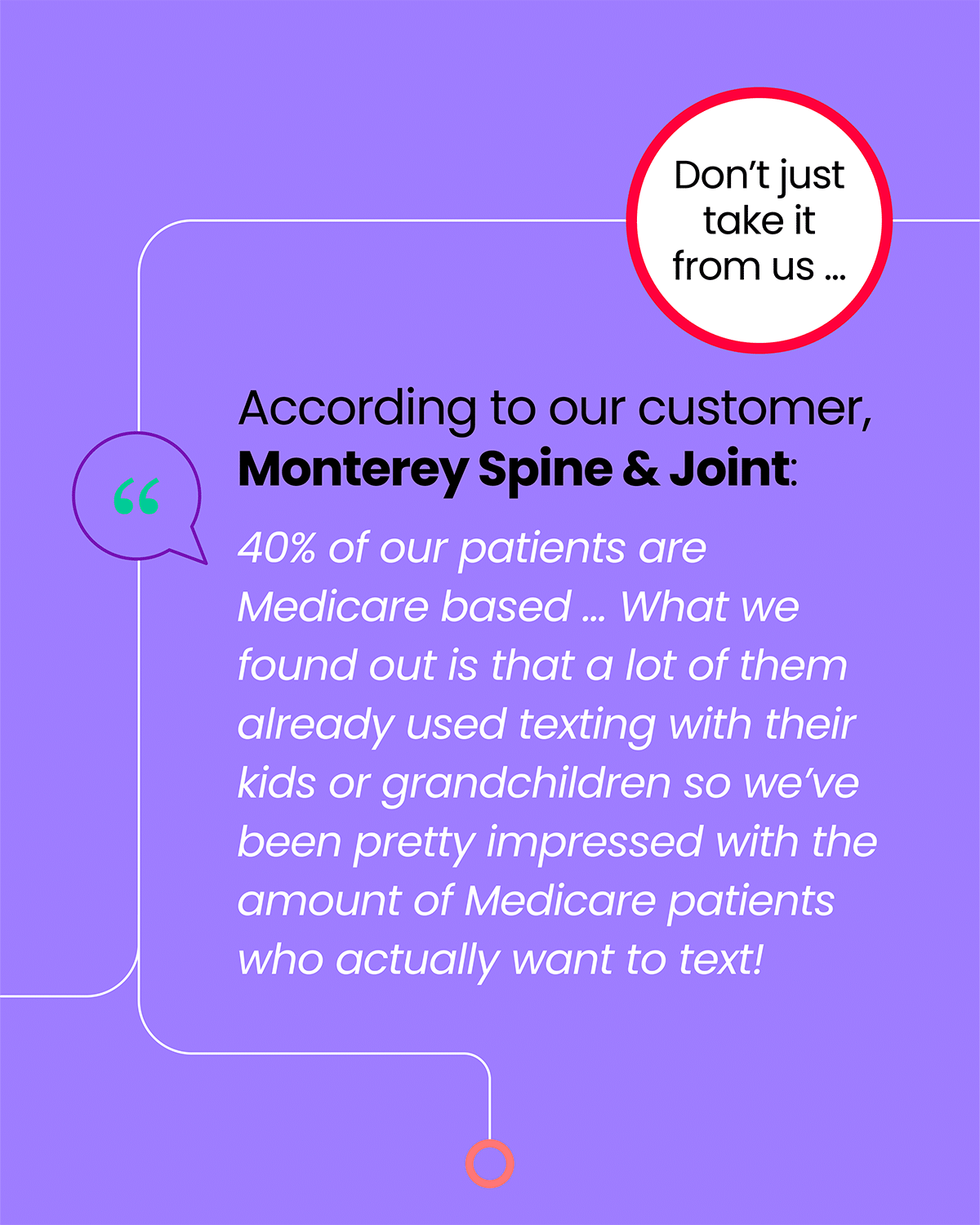
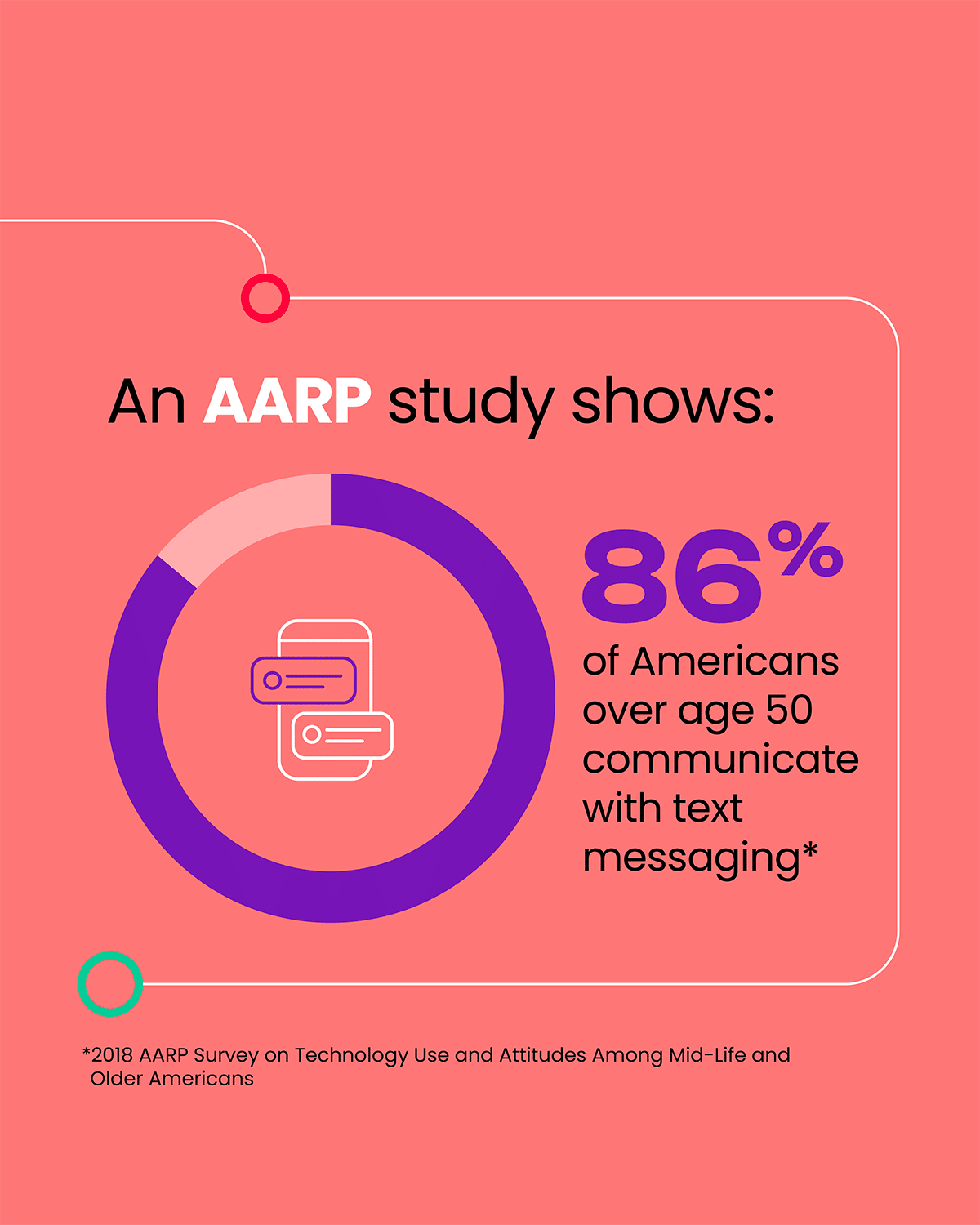

Myth 2: Conversational Messaging Requires Technical Skill
Another myth? Conversational messaging platforms are complex and require extensive technical skills to use them effectively.
Conversational messaging provides patients a unique, personalized experience with their provider through real-time dialogue. It goes beyond one-way automations and older two-way healthcare texting solutions. Instead of transactional responses, it offers a friendlier experience, similar to messaging with family or friends.
In reality, many patient communication platforms, like Artera, are designed to be user-friendly, making them accessible to healthcare staff of all technical abilities. Healthcare staff - like 81 percent of the U.S. population - are already texting; they do not need computer science degrees to message via the Artera platform which can be learned in less than 30 minutes.
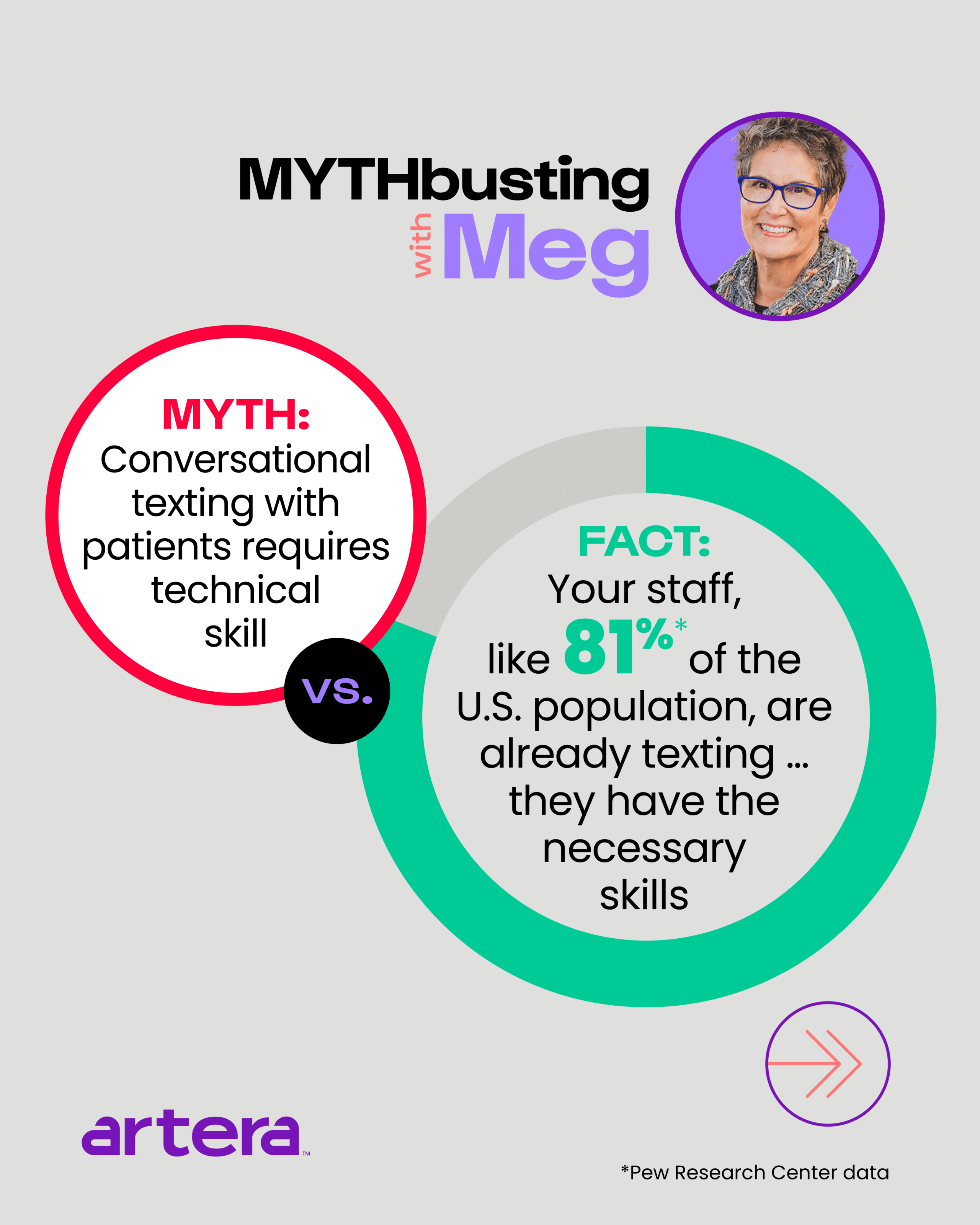

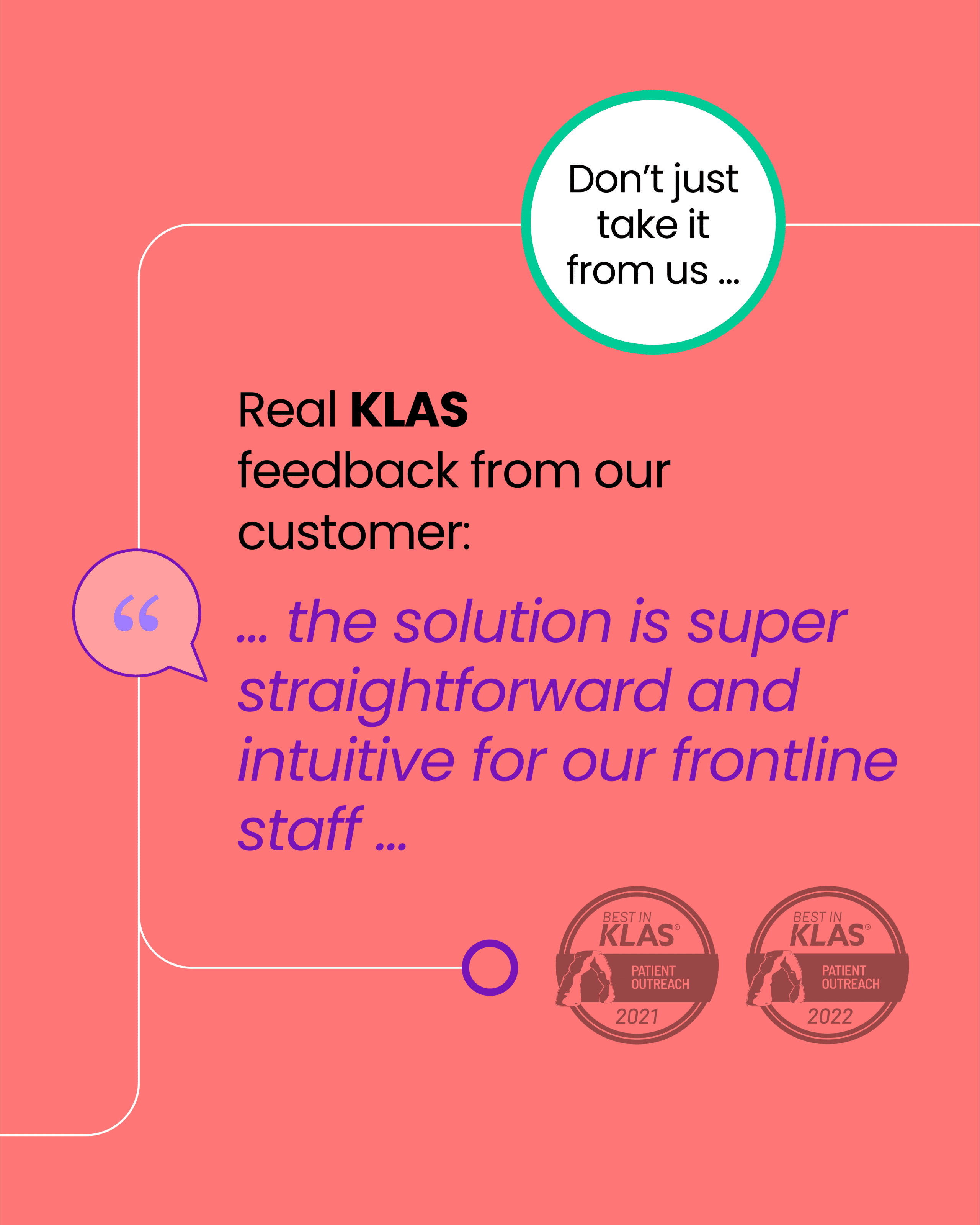
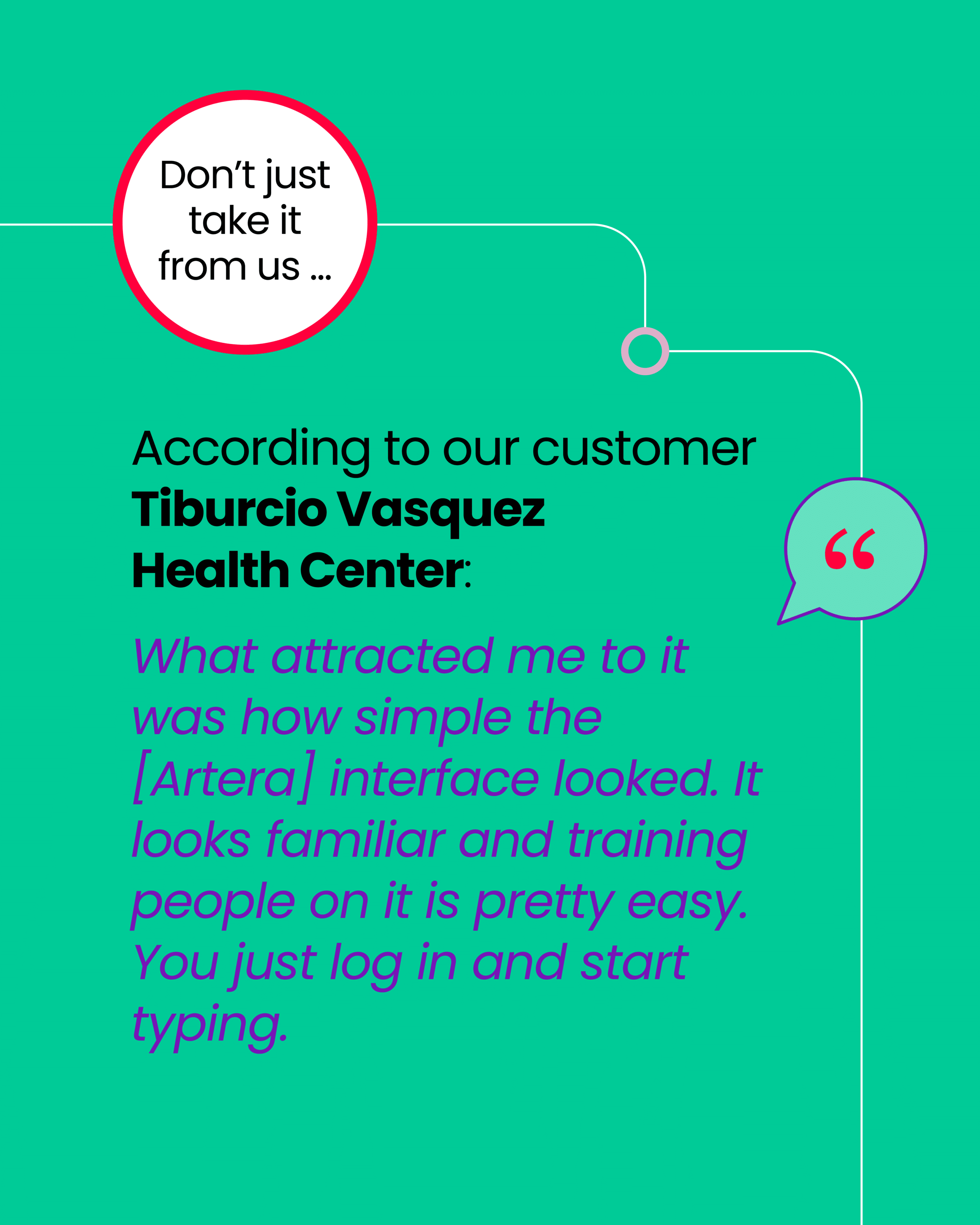

Myth 3: Conversational Messaging Makes Call Centers Less Productive
Some providers are under the impression that integrating conversational messaging into their patient communication strategy will make call centers less productive, therefore costing them more money as an organization. However, evidence shows that conversational messaging can actually enhance efficiency by allowing staff to handle multiple conversations simultaneously and providing patients with quicker responses.
On average, Artera reduces call volume by 17 percent and reduces hold times by 58 percent, allowing staff to spend less time on routine tasks and more time on direct patient care.




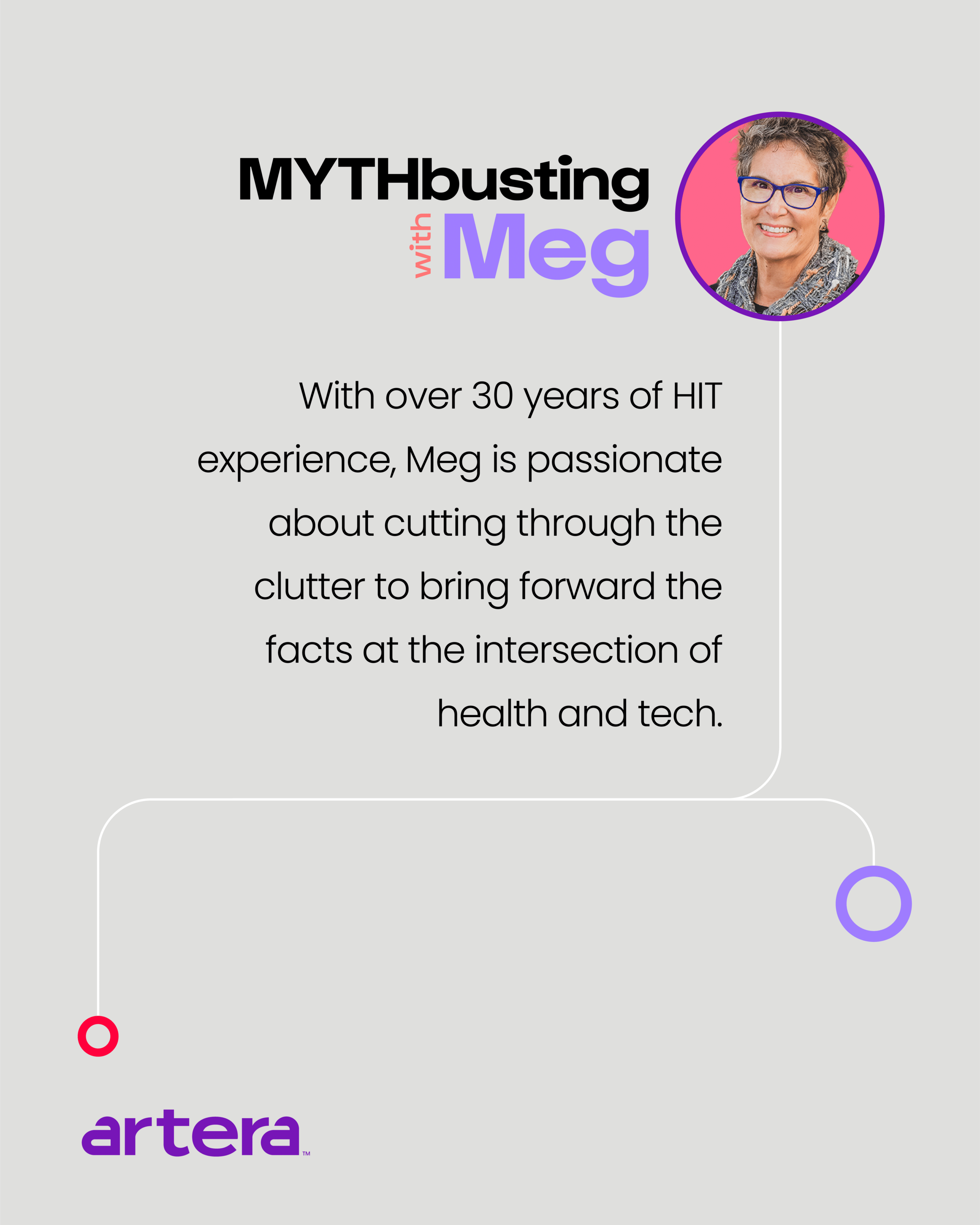
Myth 4: Conversational Messaging Requires Extensive Training
The belief that extensive technical training is needed to utilize conversational messaging is another barrier to its adoption. In fact, patient engagement platforms - such as Artera - are intuitive and require minimal training, if any. The Artera platform is so intuitive that it can be learned in as little as 30 minutes by staff.
Don’t just take it from us – here is real KLAS feedback from one of our customers:
“The system just works. I would tell them that the system is intuitive, easy to pick up, and easy to implement and that it makes a significant impact on our ability to engage and communicate with our consumer.”
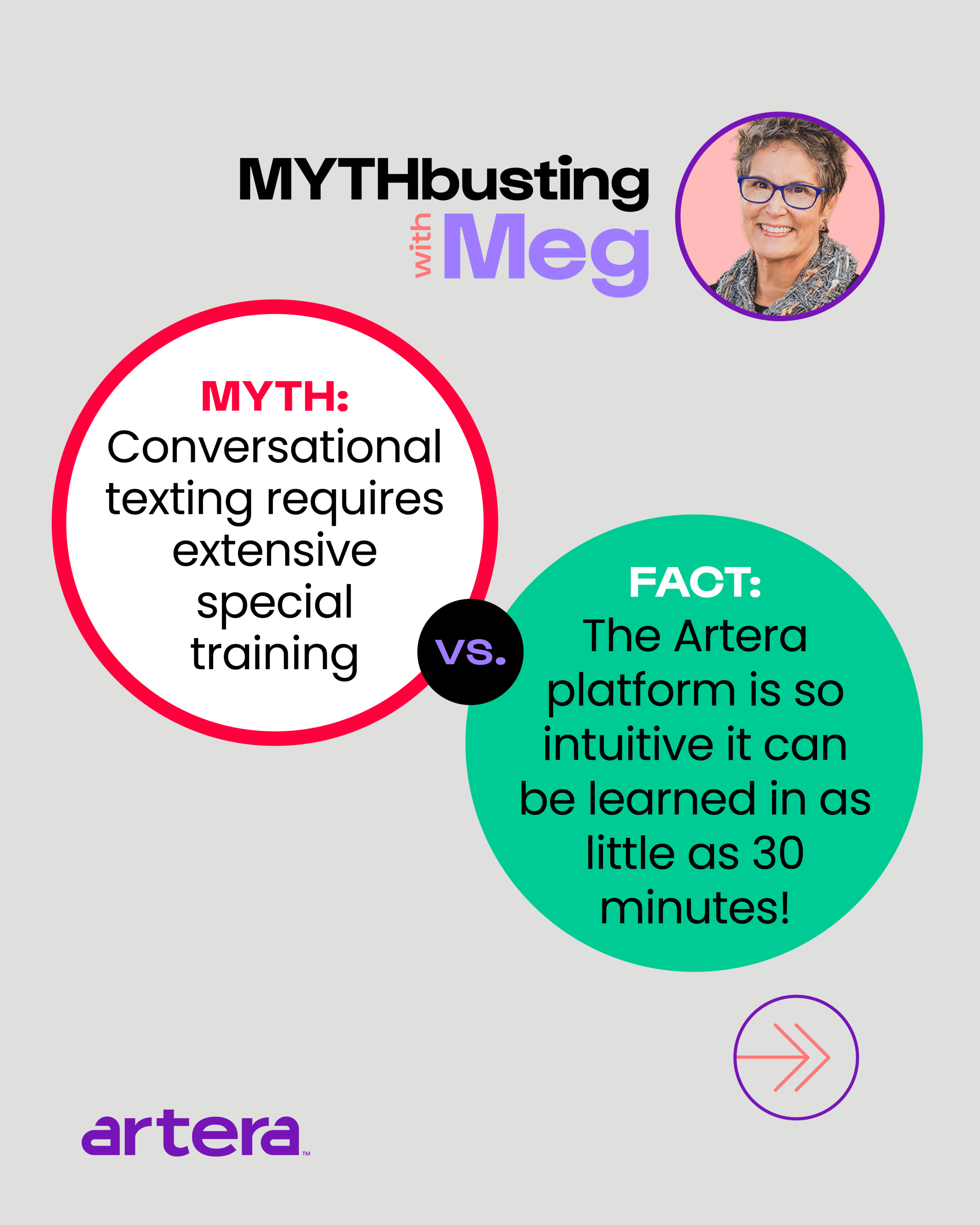
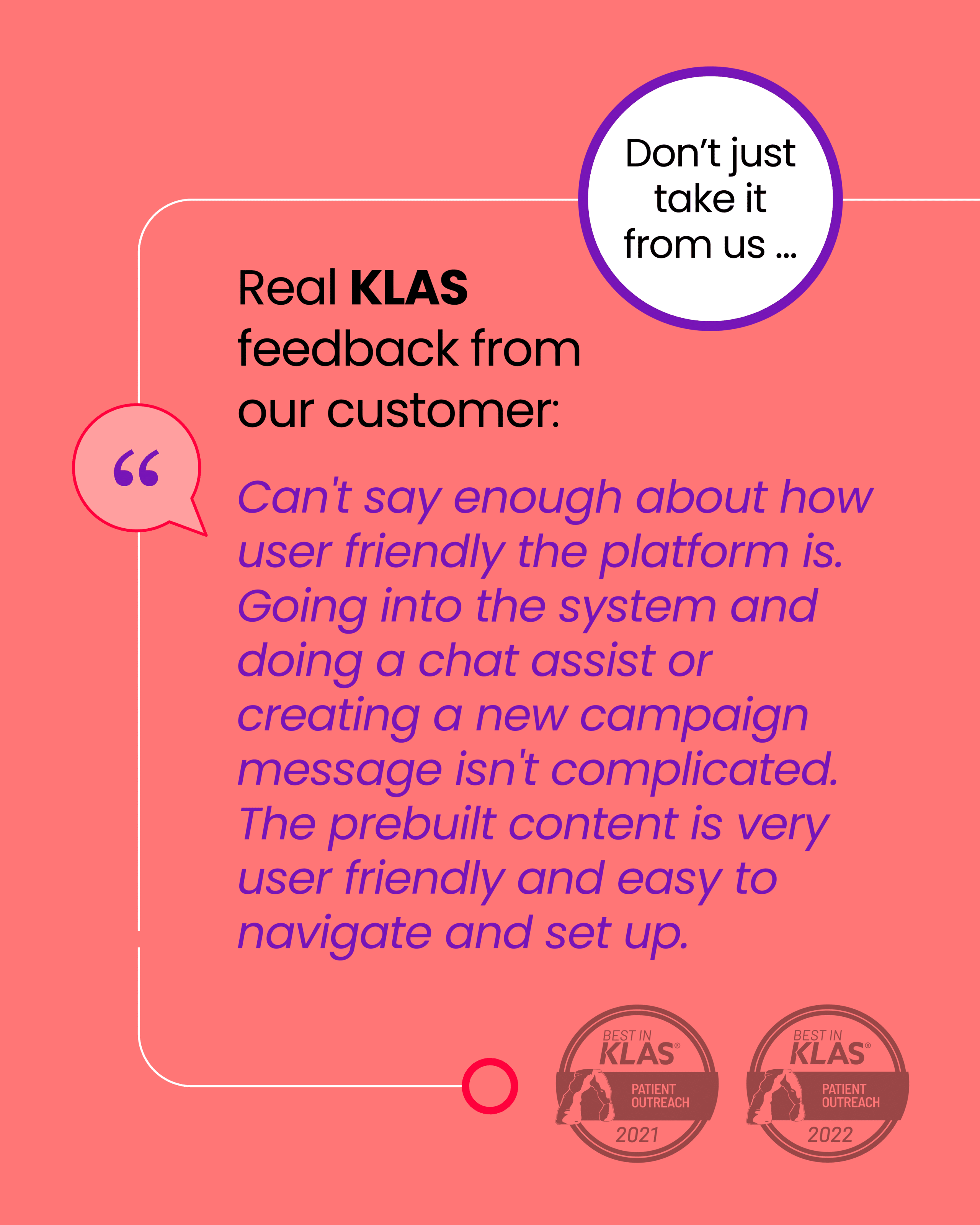



MYTH 5: Implementing a New Patient Communication Platform is Time-Intensive to Set Up
While implementing a new patient communication platform may seem daunting and time-intensive to set up, this is not always the case. Providers can go live on Artera with impactful use cases in just 30 days – helping to drive significant results as quickly and efficiently as possible. Example use cases that can be quickly implemented for customers in just four to eight weeks include Campaign Messaging, Smart Message API, Recall Messaging and more.
What’s more, as a healthcare system grows, onboarding new users to Artera is simple. With live weekly staff trainings and access to always-on asynchronous content, our team helps maximize the use of the platform, quickly and efficiently.

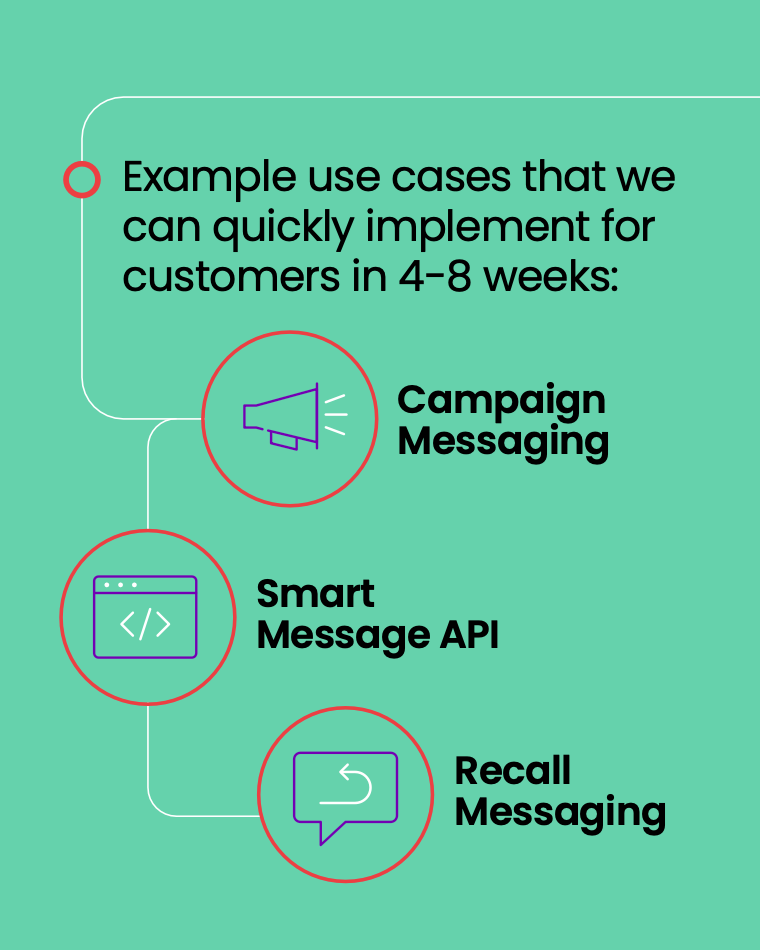
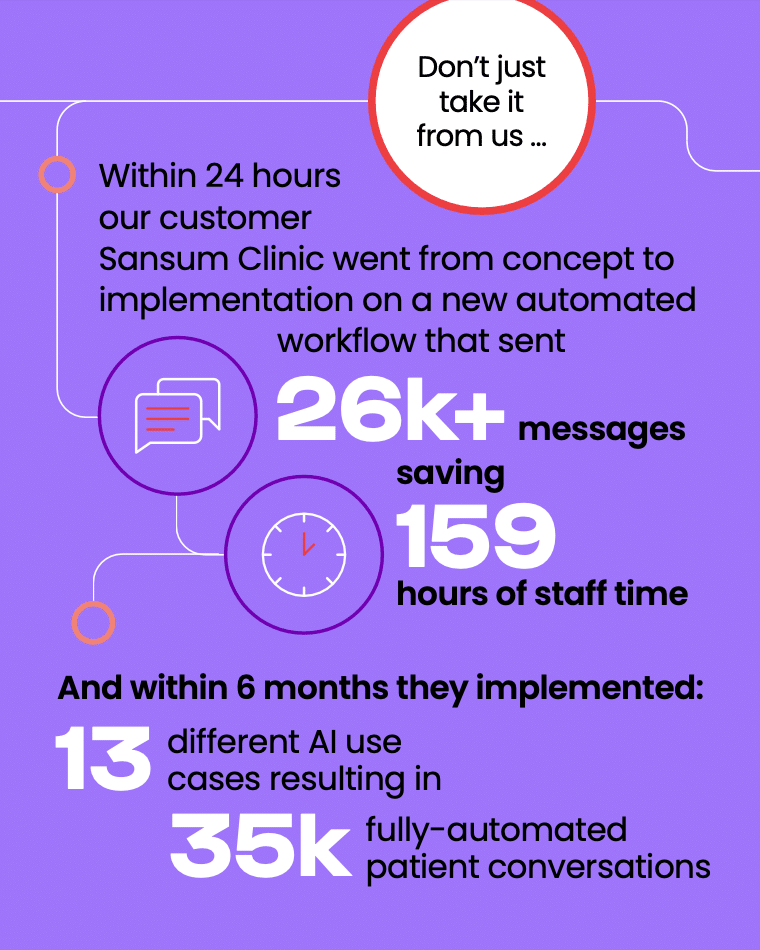





At Artera, our team is dedicated to answering questions and uncovering insights to empower our 800+ healthcare provider customers to improve the patient experience. Whether it’s dialogue around these five myths or other questions, we partner with our customers to solve the communication and workflow efficiency challenges most critical to them. The impact? More efficient staff, more profitable organizations and a more harmonious patient experience.
Have a Myth You’d Like to Discuss?
Do you have a myth or question you’d like to discuss with us? Please contact us.
Additional Resources
Now that these five patient communication myths have been debunked, what’s next?
To learn more about conversational messaging and its benefits, please check out our conversational messaging page or hear directly from our customers about their own journeys implementing conversational messaging in our recent blog, "The Road to Conversational Messaging: A Heartbeat Panel Recap."